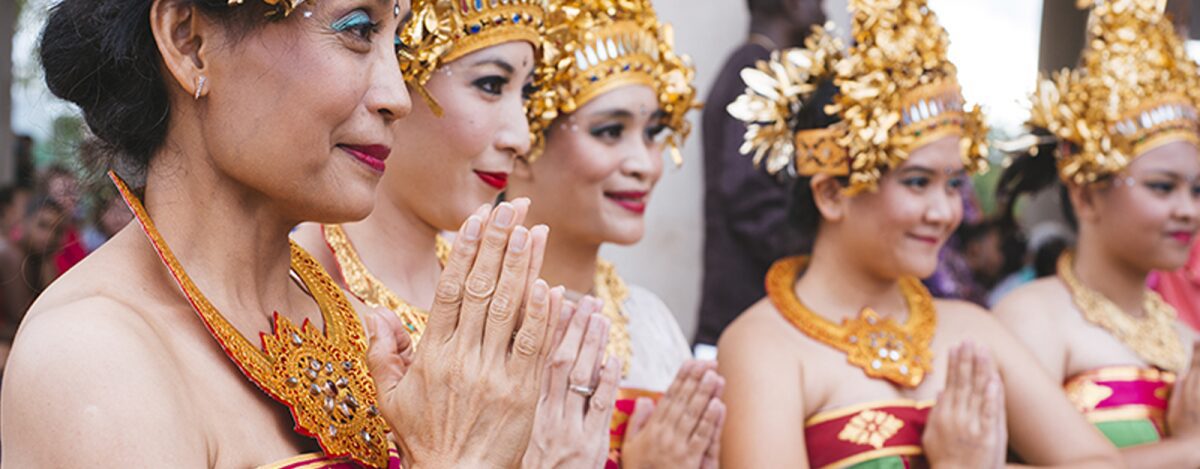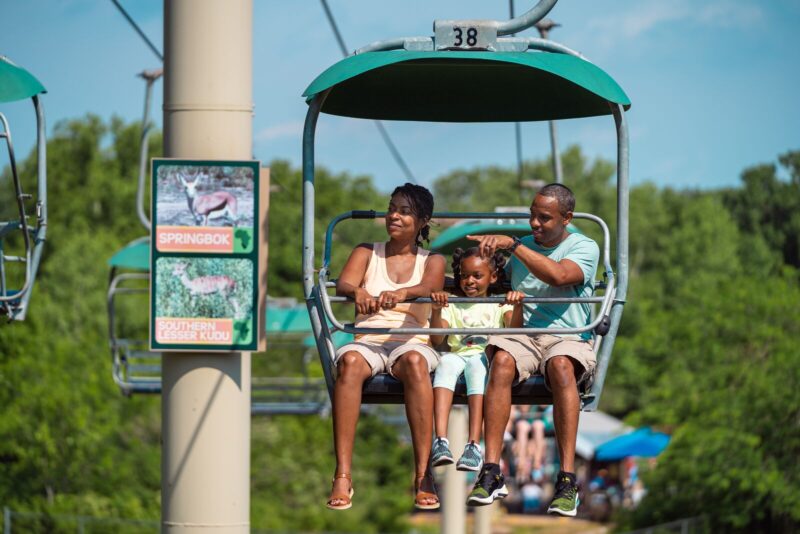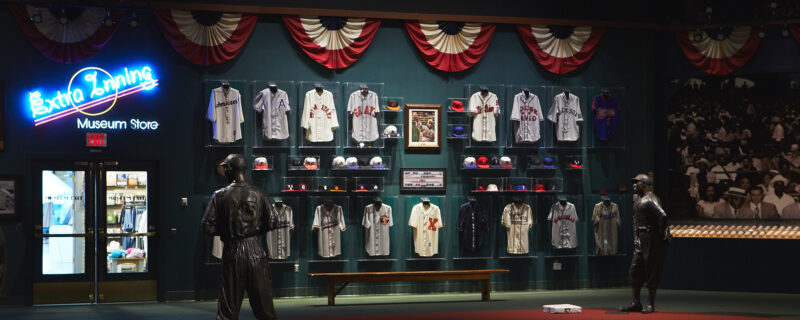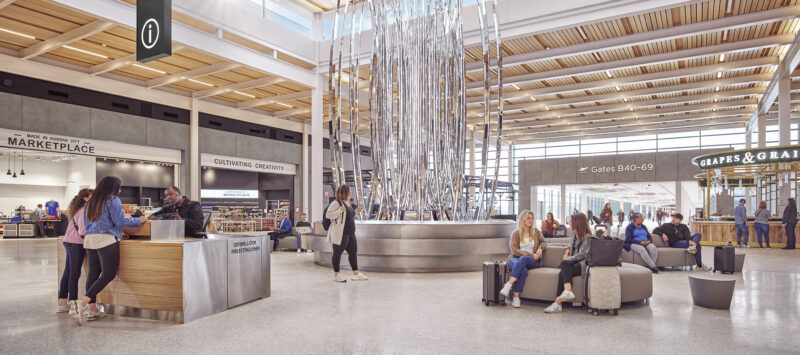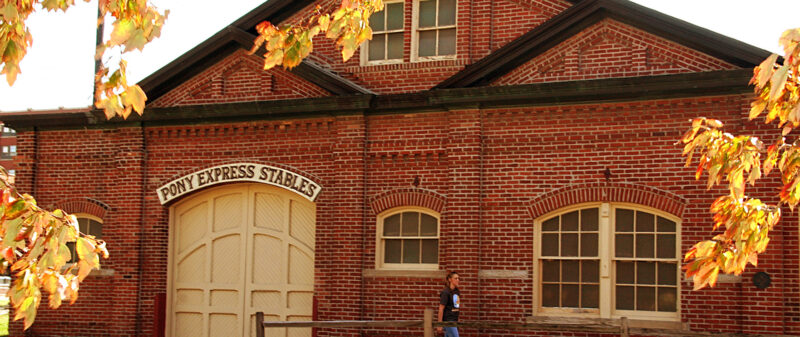The Asian population in Kansas City is approximately 45,000 and growing. No one group can claim a “Koreatown” or “Chinatown” as found in San Francisco, Chicago or Boston. However, as a mid-size city, Kansas City is known as a destination point. The area’s diverse economy with its growing health sciences and high tech companies, coupled with its affordability and midwestern values, is a lure for many.
Conservatively, more than 30,000 Asian-Americans with ties to China, Korea, Vietnam, the Philippines, Laos and Japan call Kansas City home. The South Asian countries of India, Pakistan, Sri Lanka, Nepal and Bangladesh are represented in large numbers with the Indian-American population exceeding 7,000.
VIETNAMESE
There are some enclaves with a uniquely Asian presence. The Northeast area of the city, long a gateway community for many immigrant groups, has a close knit community of Vietnamese families, in particular the Columbus Park area. The Hmong community, numbering more than 3,000, has strong roots in KCK. Both groups came to the area following the end of the Vietnam War.
FILIPINO
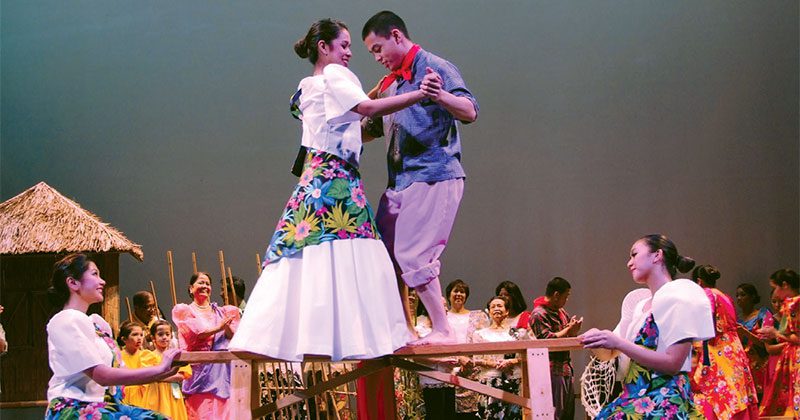
Filipinos constitute one of the earliest immigrant groups from Asia. In one form or another, a Filipino “association” has existed as long as there has been Filipinos in the greater Kansas City area. History shows there was a significant Filipino presence as early as World War I. In subsequent years, many Filipinos came to the area drawn by the growing demand for nurses. Under the Exchange Visitors Program, many graduates and medical professionals took advantage of training in Kansas City and other locations between 1950 and 1960. Following their education many chose to stay in the area taking advantage of the shortage of medical personnel and economic opportunity.
The Filipino Association of Greater Kansas City is the large umbrella organization representing Filipino culture in the area. The association has published the Tambuli newsletter since 1971. Through the association’s efforts, the Philippine House was built as a cultural center. Following a fire, the center was rebuilt as the Filipino Cultural Center, which houses an exhibition space, a rehearsal space for the dance troupe Sinagtala, an education facility and a meeting place for the Filipino-American community.
CHINESE
According to the Kansas City Chinese Journal, a Chinese cultural community existed in Kansas City prior to World War II. The early arrivals were mostly men working as laborers. The journal notes that, “… about four hundred Chinese were living in Kansas City, Missouri, most of them were bachelors from the Siyi district or ‘four counties’ in Guangdong province (Taishan, Xinhui, Kaiping and Enping). They were concentrated in the laundry, restaurant and grocery businesses and in traditional Chinese medicine as well. More than 30 hand laundries, 20 restaurants, three grocery stores and three doctors of Chinese medicine were protected by the chief community organization, On Leong.”
The Journal further notes that the Chinese population fell sharply after the war, when most Chinese moved to the coasts or returned to China. In the 1960s, a new wave of immigrants arrived, most employed as scientists and technicians in area medical institutions like University of Kansas Medical Center and the Midwest Research Center at the University of Missouri at Kansas City. Other Chinese professionals, architects, engineers, professors, accountants and entrepreneurs eventually joined the community.
In 1966, about 150 Chinese gathered to celebrate the Chinese New Year. Out of that event grew the Kansas City Chinese Association, which has since become the dominant community organization responsible for the Chinese New Year celebrations and other cultural activities.
The relatively recent arrival of South Asian immigrants is adding a strong cultural contribution to the metropolitan area. Many of the new arrivals, a strong professional class, are lured by the availability of high-tech jobs by such firms as Garmin, Embarq and Sprint, as well as the blossoming health sciences opportunities in such companies as Cerner and the Stowers Institute.
INDIAN
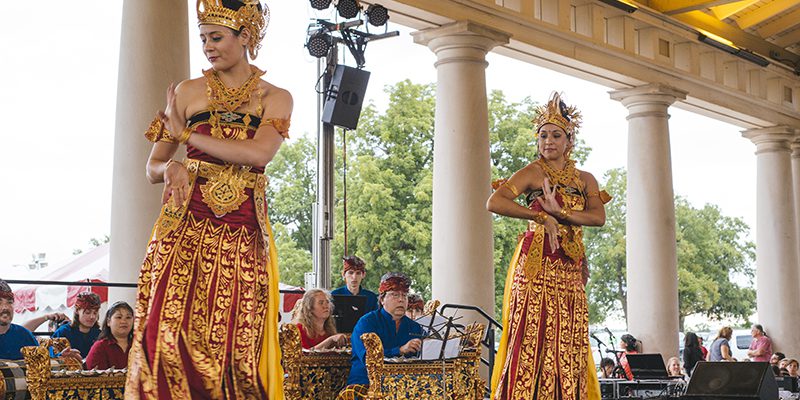
The highest concentration of East Asian immigrants comes from India. Dr. Nirmal Kumar Mitra is acknowledged as the first Indian to settle in the metropolitan area when he arrived in 1955. The Indian population has grown steadily and today numbers more than 4,000 families representing a large segment of the Indian continent. Many Indian organizations represent the community including the largest, the Indian Association of Kansas City representing the broader community, followed by various regional associations such as Tamil, Telugu, Bengali, Marathi, Gujarathi and others.
The variety of religious expression in India finds a similar array in the area ranging from the Hindu Temple in Shawnee, Gurudwara in Lenexa and the Islamic Center of Kansas City.
The different faces of the Indian community come alive through the maintenance and celebration of the traditional culture in a variety of social settings, from festivals such as the Hindu Holi, Dasheera and Diwali festivals, to special performances and public events such as the Ethnic Enrichment Festival.
